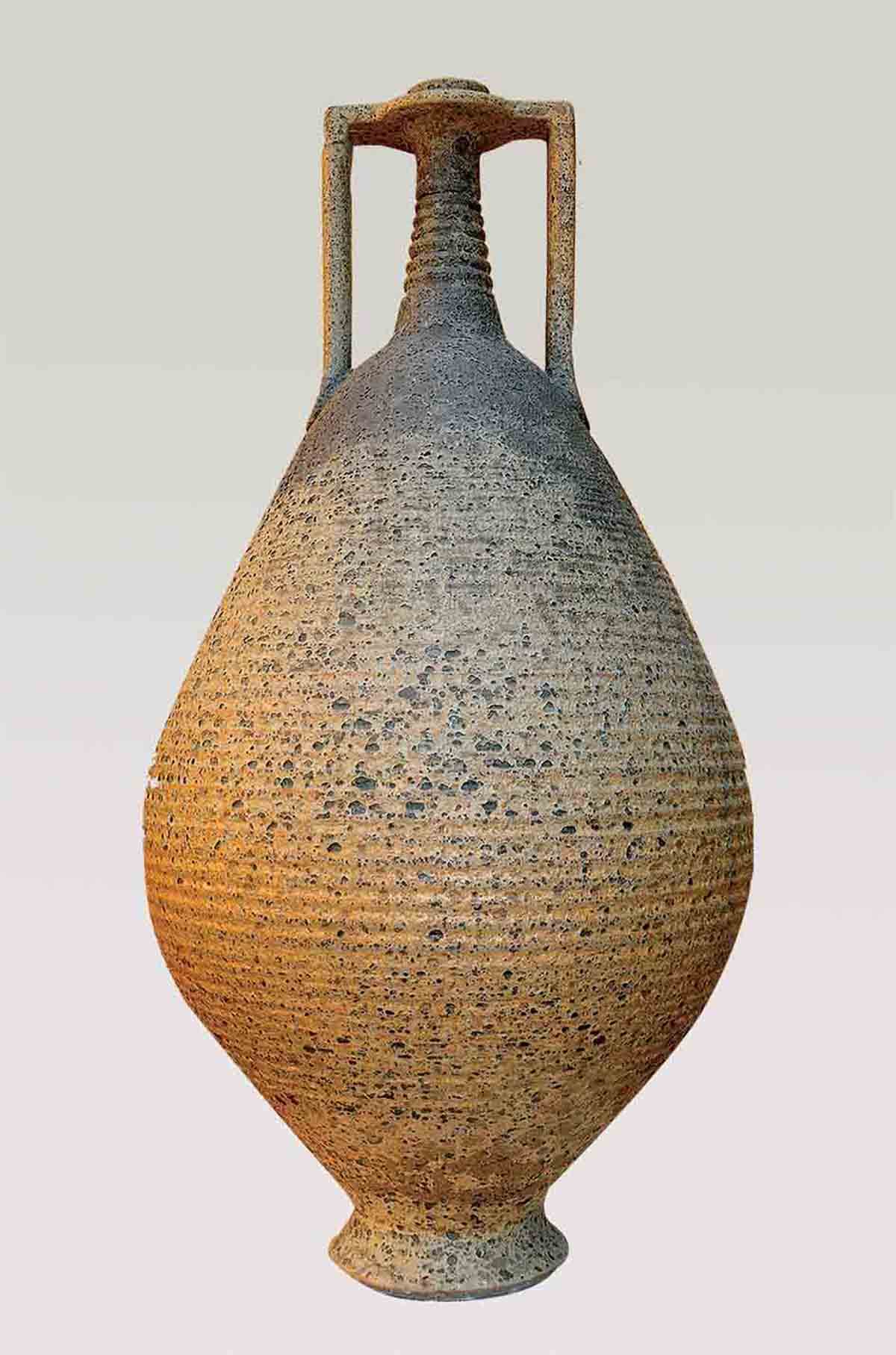He neither holds the title of Doctor or Professor, nor does he validate his knowledge and talent by boasting an academic certificate to the masses. And he definitely has not acquired his skills by spending years in academic institutes, waiting for these bodies of authority to assess his academic abilities and render him able.
Unlike everyone else, he took the road less travelled. He is a student of the balady furnace, confronting the heat like a knight of the local fields. He is “Ibn” (son of) the brown earth. He is the one and only Ibn Al Fustat.
In the utmost modesty, sincerity, and humble confidence, he speaks of his pottery as one speaks of their children; the offspring of his fingertips, sweat, and passion. Cultured and effortlessly knowledgeable, in his knowledge, you see the life of a man who has gained wisdom through instinct and his sensitivity to the world around him, through all its noise and silence.
Ibn Al Fustat has gained immense popularity amongst audiences in such a short time. His work has proved a great deal of authenticity, uniqueness, and beauty; it has attracted everyone through its smooth texture and the emotional effect it leaves on every onlooker.
Every cell in Ibn El Fustat’s body screams, “I am of the same dirt and earth as my work.” He is a craftsman from head to toe; his skills are capable of producing the richest and finest artwork. His previous exhibition stood witness to his impeccable talent, and in his Gezira exhibition, his reputation took a giant leap towards bigger and more promising horizons.
He transformed clay into a tune, and pottery into a symphony; his work stands in all its glory as a testament of his mighty orchestration.
This is a salute to the artist, Mohamed Khalil Mandour, and a thank you, for in his presence, there is hope and proof that Egypt remains in good health.
About the Artist
Mohamed Mandour was born in 19650, he grew up in the neighbourhood surrounding the Mosque of Amr ibn el-Aas in Foustat, where he practised pottery. From childhood, he began to crush and process the clay, eventually shaping it into traditional forms such as the Kalol, Azar, and jug of the week. He joined the Helwan Att, which was established by the photographer Safia Helmy and the sculptor Mohamed Hagras in 1967.

